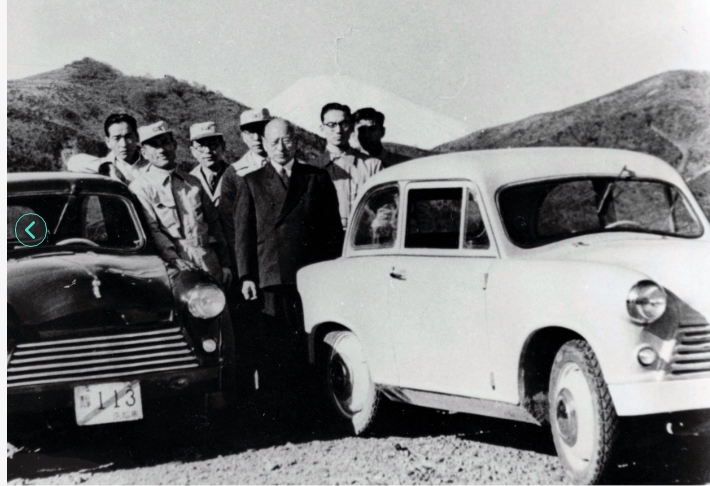Strangely, Citroen DS3 cabriolets are more popular in the United Kingdom and Germany than southern neighbours of Italy and Spain with fabric soft tops being in vogue; the optional (£350) ‘moondust monogramme’ canvas material that covers the DS3’s roof is likened to a Gucci handbag according to my girlfriend. That faux theme continues within with ‘carbon fibre’ (unique to the £19,680 D-Sport) over the dashboard although interior materials are of a high quality and feel solid. Since 2010, one quarter of cars sold by Citroen have been of the DS-line so its identity remains distinct from the C-line despite dubious badging.
In turbocharged 1598cc form, the range-topping and aptly-named D-Sport generated a respectable combined fuel figure of 45 over a majority of motorways, only 2.9 mpg short of Citroen’s official combined figure. In comparison, we achieved a combined but hardly groundbreaking 57mpg in a Peugeot 208 1.6 e-HDi 92 diesel. The cabrio has only 25kg more than the hardtop to stiffen the body and handling is positive relatively speaking, with body flex detected on potholed surfaces. Scuffable seventeen inch ‘Bellone’ alloy wheels enable you to seek limits of grip accelerating out of wet roundabouts with mild understeer.
[youtube]http://www.youtube.com/watch?v=fGDJIeKzcV0[/youtube]
Admirably, PSA Peugeot Citroen are producing some serious products; an emphasis of driveability with less focus on fickle styling. The 208 has a smaller steering wheel for example, although it can obscure buttons below the binnacle in a certain position of rake adjustment. Variable electrically-assisted steering does initially feel different to more accurate but increasingly rare, direct hydraulic systems and PSA gearboxes (the D-Sport’s is identical to the 208 GTI) lack the assertive short shift feel of Japanese brands such as Mazda that would benefit the DS3‘s already rapid acceleration times. The DS3 gearbox could be more efficient with each change as the distances between gearbox gate throws are simply too long, like the gearstick.
Now, the two-stage cabrio’s fabric concertinas back to firstly fold above the rear window with another prolonged press of the button to push fabric further over the rear wiperless window so that the folds look armadillo-like from the back. This functions up to 75mph in theory as tested in reality. Rear visibility is impeded at this stage so that you’re unable to see anything directly behind you – cyclists included . Another issue is that on three occasions, the ’roof’ refused to retract fully so that it defaulted into the first position and the bootlid opens parallellogram-style up so that you have to insert items in the class leading boot space, squatting undignifyingly as you do. Furthermore, it’s best to place your hand dead centre when closing the bootlid otherwise it flexes – alarmingly. Ergonomically, everything within has a confident feel, including the seat forward flap for three back seat adults although it may prove obstinate if you’re laden with shopping. Annoyingly, the sat. nav doesn’t input postcodes; the knob that’s used to scroll and select letters takes an age and secondly, cruise control and audio pods are concealed behind the steering wheel.
As an overall package, this is a credible product with the THP 155 engine an enthusiast’s dream but I would have the roof open in its first position – rain or shine!
Words, photos and film are copyright of Sotiris Vassiliou
February 2014


